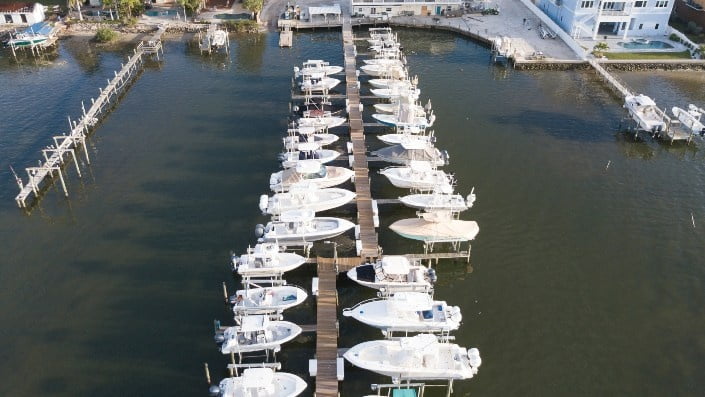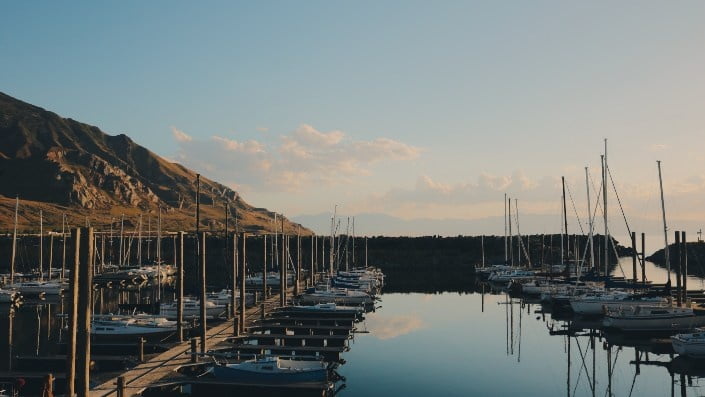#1 Approaching the mooring
When you approach the mooring, it’s essential to do so with caution and at a slow speed. This controlled approach is important to avoid any collisions or abrupt stops. You should be particularly mindful of the direction of the wind and current. The ideal strategy is to approach the mooring against the wind or current, whichever force is stronger. This provides you with more control over your boat and reduces the risk of drifting.
#2 Preparing for mooring
Before you reach the mooring point, ensure that your mooring lines and boat hook are ready. Mooring lines are crucial for securing your boat and should be attached to the bow. The boat hook will help you grab the mooring buoy. It’s important to have these tools within easy reach and to ensure that the lines are free from tangles.
#3 Capturing the mooring buoy
As you get closer to the mooring buoy, use your boat hook to capture it. This might require some precision, especially in windy conditions or strong currents. The goal is to grab the mooring buoy or pick-up buoy, which is usually a smaller buoy attached to the main mooring buoy for easier access.
#4 Securing the boat
Once you have the mooring buoy, run your mooring line through the ring or shackle on the buoy. Then secure it back to your boat. In the case of swing moorings, you should run the line through the buoy and back to the boat. This creates a secure loop that ensures your boat stays anchored. It’s crucial to make sure the line is tightly secured to avoid any slippage.
#5 Final checks
After attaching your boat to the mooring, take a moment to double-check everything. Ensure that the mooring line is securely fastened and that your boat isn’t drifting or moving excessively. If you notice any issues, adjust the mooring line accordingly. Regular checks are vital, as weather conditions can change, potentially affecting the security of your mooring.
By following these steps and practising good seamanship, you can effectively moor your boat in various conditions. It’s always beneficial to be aware of local regulations and to regularly inspect your mooring lines and equipment for wear and tear. With time and experience, mooring your boat will become a straightforward and routine task.




